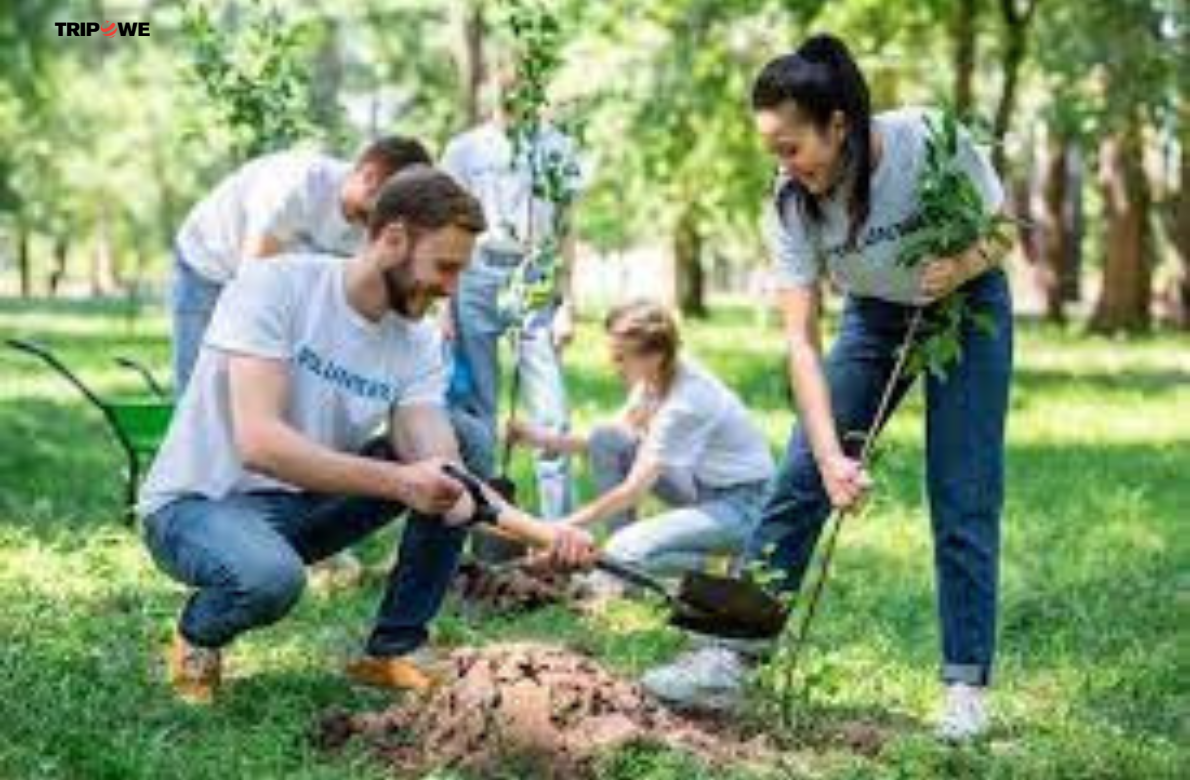Exploring the Forest: 10 Tips for Your First Jungle Adventure with Friends
Taking a group of friends on their first jungle adventure can be an amazing and thrilling experience. It’s an experience of a lifetime because of the verdant surroundings, unique animals, and spirit of adventure. But the forest is also a place where preparation and respect are required. Here are 10 Tips for Your First Jungle Adventure with Friends to make sure you have a fun and safe trip.
1. Make a plan and do research Completely

Spend some time doing extensive research before setting out on your jungle adventure. Recognize the temperature of the particular jungle you intend to visit, the ideal time of year to visit, and any distinctive features it may possess. Examine local wildlife that is common, the topography, and any potential dangers. Doing your homework will help you be well-prepared and avoid unpleasant shocks. this is most important in 10 Tips for First Jungle Adventure with Friends.
2. Conscientiously Pack
When packing for the jungle, you need to take into account the weight of your backpack as well as the necessities. Among the necessities are:
Clothes: It’s important to wear lightweight, quick-drying apparel. Long sleeves and leggings provide some bug and underbrush protection.
Footwear: It’s imperative to have sturdy, water-resistant hiking footwear with supportive ankles.
Equipment: A sturdy tent, a sleeping bag appropriate for the weather, a good backpack, and a small cooking set.
Medications: Basics like bandages, antiseptics, painkillers, insect repellant, and any personal medications should be included in a medical kit.
Tools: A multi-tool, a bright knife, a torch with additional batteries, a dependable map and compass.
3. Drink plenty of water and eat right.

Because of the intense humidity and physical activity seen in the rainforest, dehydration poses a serious risk. Bring along enough water, a portable water filter, or pills for purification. To maintain your energy levels, pack non-perishable, high-energy items like almonds, dried fruits, energy bars, and dehydrated meals.
4. Show consideration for wildlife
There is a wide variety of fauna in the jungle. All animals should always be kept at a safe distance from you; feeding them can change their natural behavior and make them more aggressive. Find out what to do and what to avoid if you come into contact with any potentially dangerous animals, such as large mammals, spiders, or snakes.
5. Adopt a Sustainable Course of Action

Remove any signs of your visit. This include taking out all of your waste, trying not to disturb any plants or animals, and using goods that decompose quickly. By treating the environment with respect, we can make sure that it stays unspoiled for present and future tourists as well as the local fauna.
6. Acquire Fundamental Survival Knowledge
Basic survival knowledge can save lives. Discover how to construct a shelter, collect food and water in the wilderness, and create a fire without matches. Learn how to use a map and compass to navigate, and become familiar with basic first aid procedures. These abilities can greatly increase your sense of security and self-assurance in the jungle.
7. Stay Connected

It’s critical to have a means of communication in case of emergency, even in isolated locations. Consider bringing a satellite phone or a personal locator beacon (PLB). Let someone know your plan and expected return date so they can notify authorities if you do not arrive on time.
8. Travel in groups and stay together
Numbers provide security, particularly in the forest. Stick together as a group and maintain track of one another. Create a buddy system in which each individual is in charge of another person to make sure nobody gets lost or is left behind.
9. Pay Attention to the Weather

In the jungle, the weather can change suddenly. Trails may become flooded by unexpected downpours, posing a risk. Keep an eye on the weather and be ready for any changes. Make sure your equipment is weatherproof by including a lightweight, waterproof poncho in your bag.
10. Get a Guide
Hiring a native guide can be quite beneficial if this is your first time visiting the forest. They can tell you information that you might not know about the environment, wildlife, and regional traditions. Because they are knowledgeable with the area and can help in an emergency, a guide may additionally improve your safety.
https://www.instagram.com/tripowe?igsh=MXM3NXZxb2xpNWJjZw==





